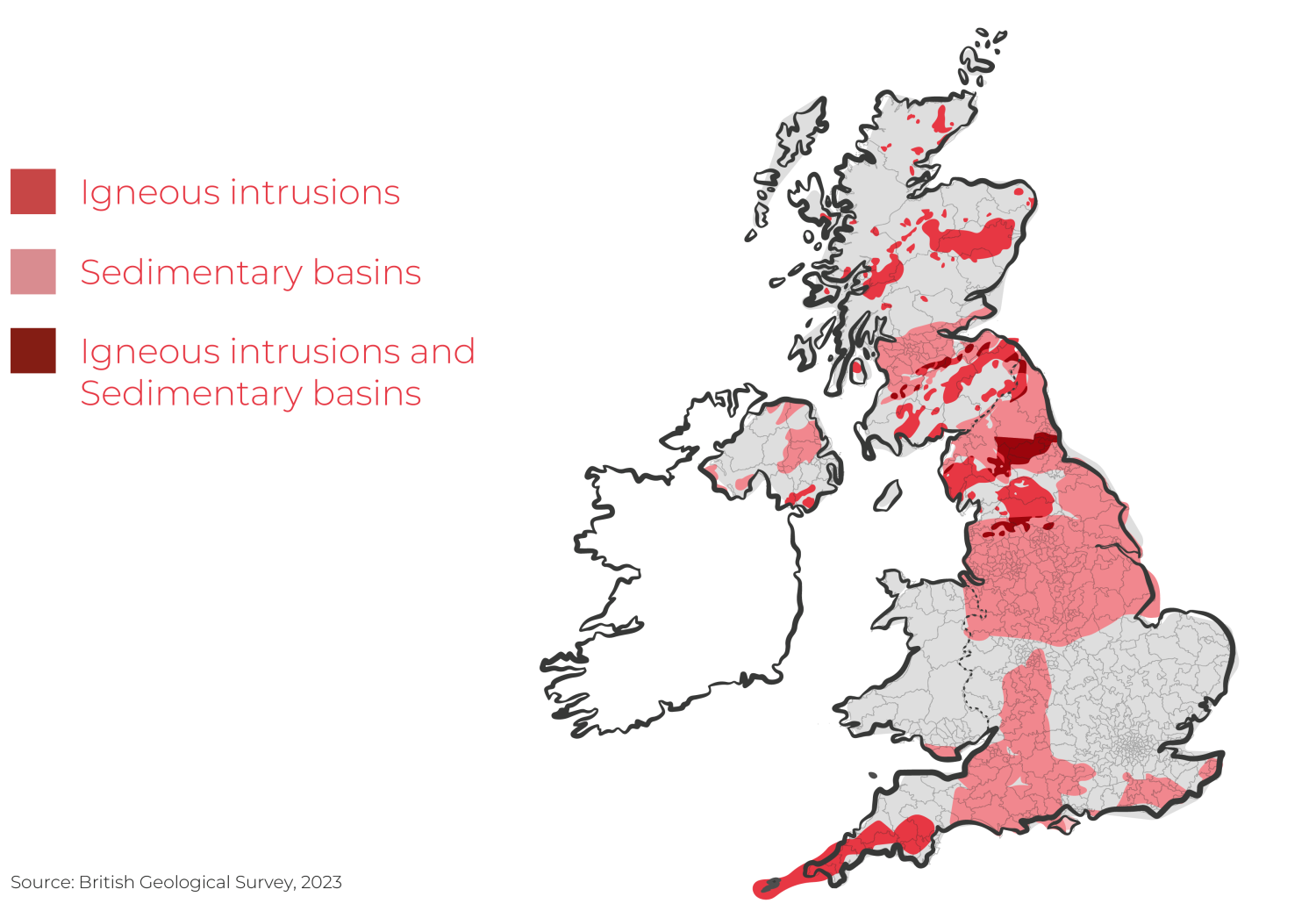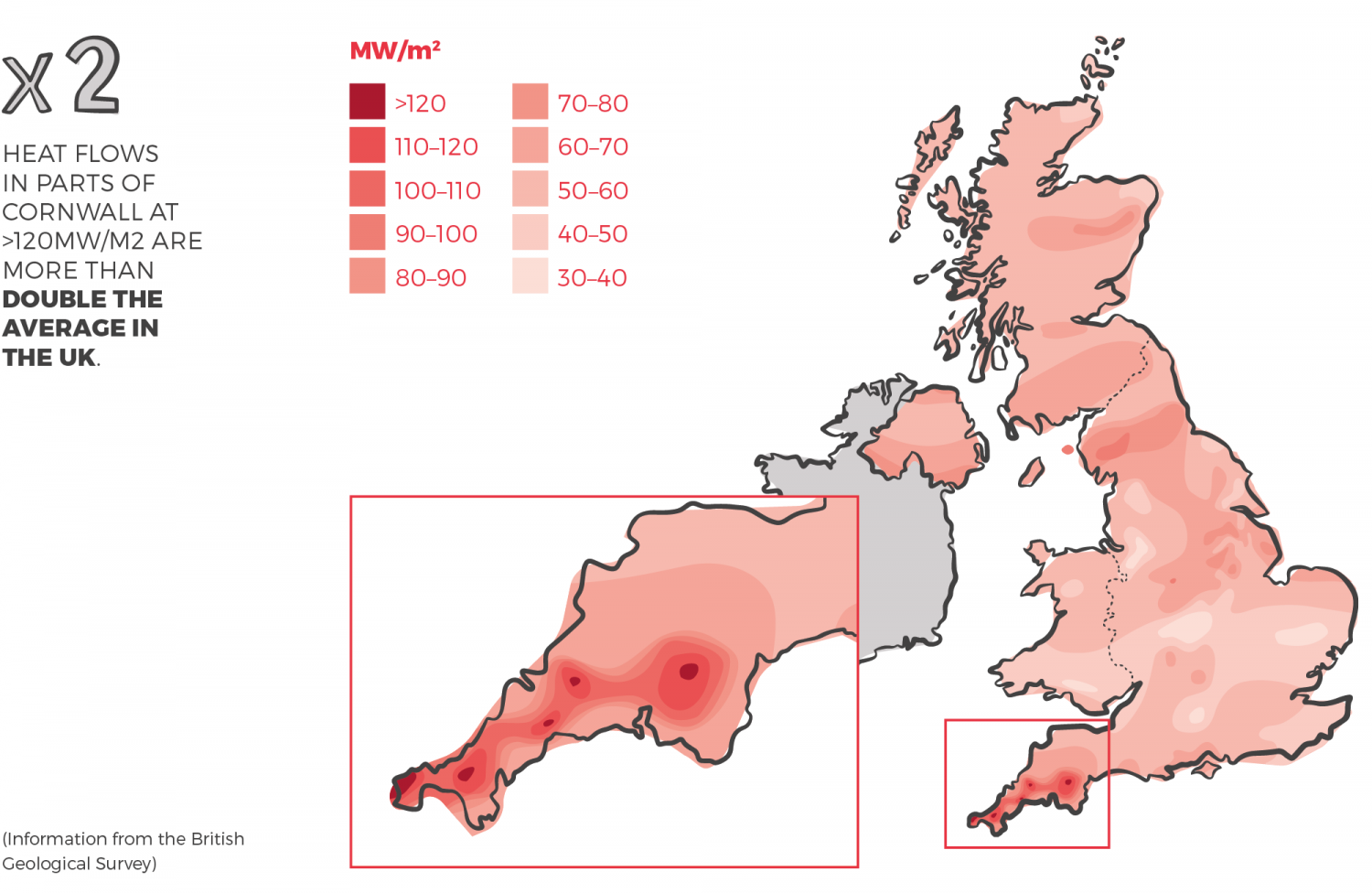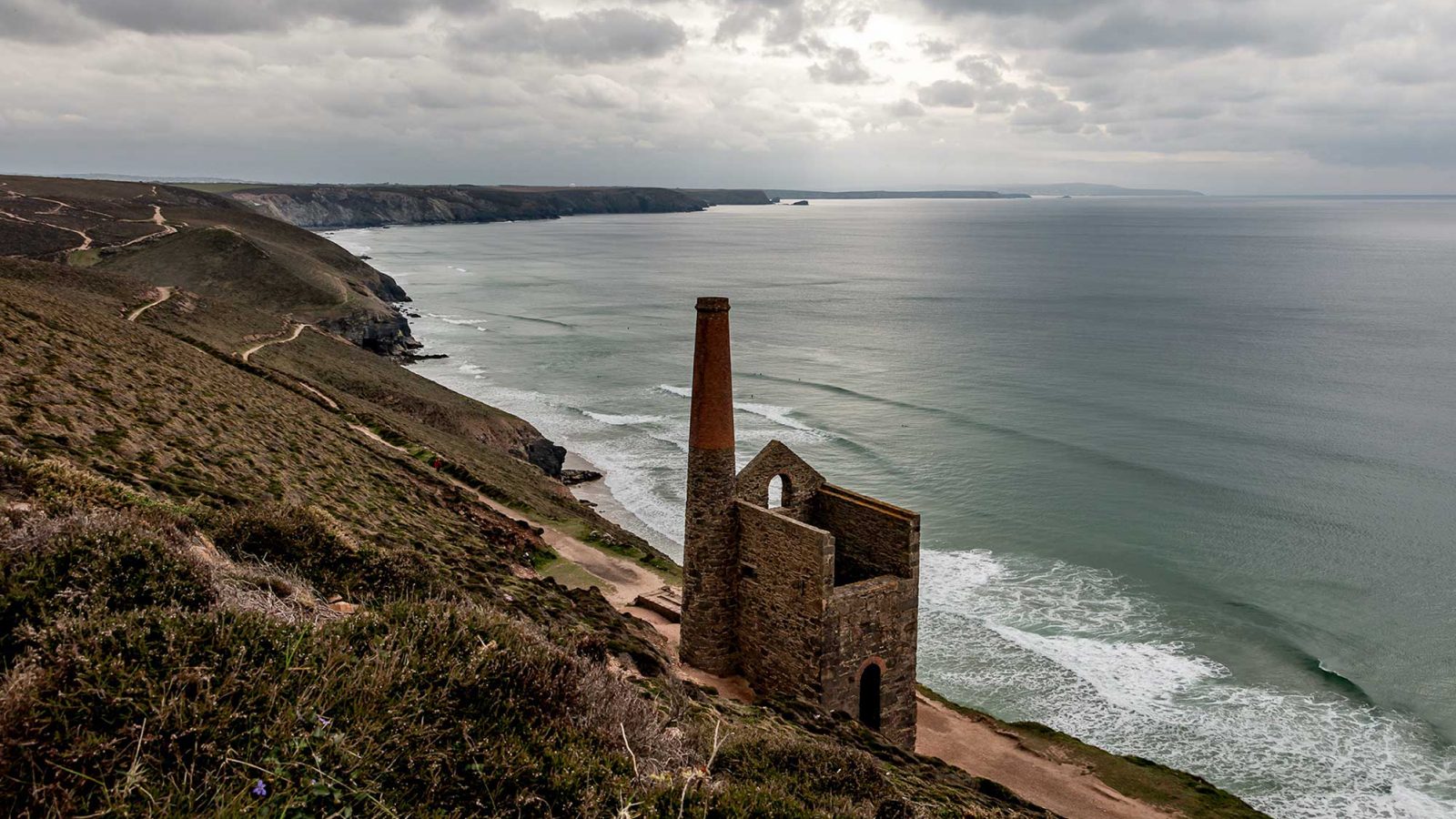Heat accounts for around 40% of UK energy consumption and is responsible for nearly a third of UK greenhouse gas emissions, but geothermal could supply all the decarbonised, renewable heat the UK needs, many times over.
While the right conditions for geothermal electricity generation don’t exist everywhere in the UK, it’s relatively straightforward to extract heat – from varying depths and at varying temperatures – for our homes, offices, leisure facilities, industry and agriculture.
Dependent on geology, in some areas the resource offers temperatures high enough for direct use. In others, heat pumps may be required to boost the heat that can be easily harnessed – enabling useful heat to be obtained right across the country.
This map shows some of the areas in the UK with the best geothermal resources, capable of providing large quantities of green heat and in some cases with the potential to generate renewable geothermal electricity too.
Geothermal potential is spread widely across the UK, covering many rural and industrial areas. In this diagram the areas of interest are backed by a map of parliamentary constituencies. Around a third of constituencies in the UK have geothermal resources (227/650 by our count). Is yours one of them?

Efforts to generate electricity from geothermal have so far been focused on Cornwall. The key is the spine of 300 million- year-old granite that runs through the peninsula.
Granite is a naturally hot rock, so Cornwall’s granite spine effectively brings extra heat closer to the surface, cutting the cost of drilling. With the highest heat flows in the country at around 120-140W/m2, Cornwall is recognised as one of the best places to exploit the UK’s potential for deep geothermal electricity generation. A 2012 report by the engineers Sinclair Knight Merz concluded that Cornwall’s generating capacity could be as much as 4GW of electricity (more than Hinkley C) with 13GW of by-product heat for heating local businesses and housing.

Successful geothermal power generation relies on both heat and water flow. ‘Engineered or Enhanced Geothermal Systems’ are systems in which permeability in otherwise ‘dry’ rock such as granite is either enhanced, or zones of natural cracks in existing fault structures can be targeted during well development to serve as hot water reservoirs; this removes or reduces the need to create new fractures. Early research into the technique was carried out at Rosemanowes near Camborne in Cornwall in the 1980s and subsequent projects in mainland Europe were able to build on that early work and to develop successful geothermal power plants which are in operation today.
And while Cornwall may have the highest heat flows in the UK, it’s by no means the only place with potential for geothermal electricity. In principle, geothermal energy could provide up to a fifth of the UK’s current electricity demand – and that’s without considering Scotland’s geothermal potential, which needs further investigation.









